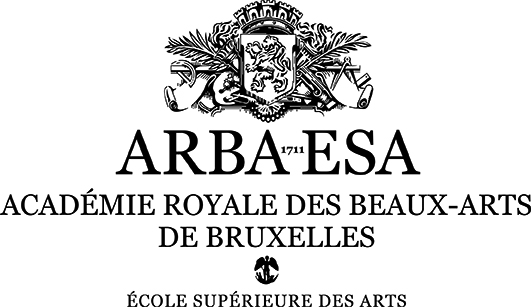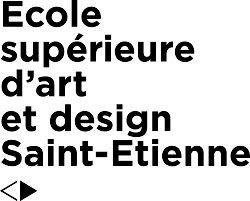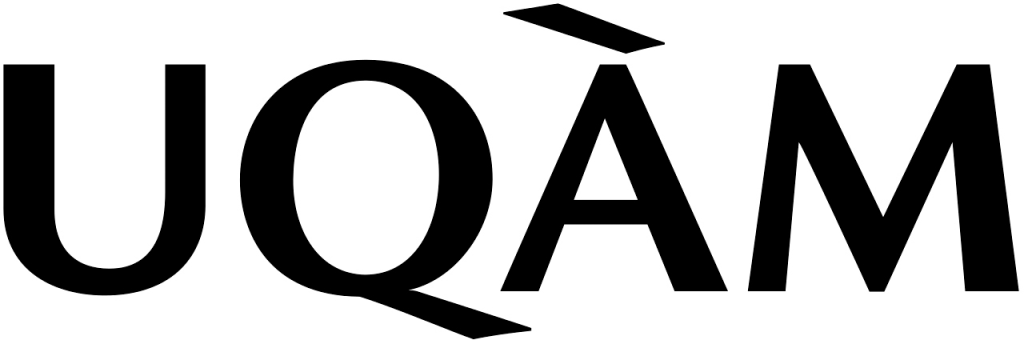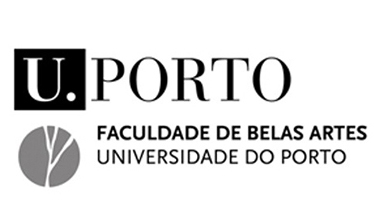-
.faculté des .beaux-.arts
de l’.université de .porto = FBAUP -
.institut .national des .beaux-.arts
de tétouan = INBA -
.université de .québec à montréal, école des .arts visuels et .médiatiques = UQAM
-
.academy of .fine .arts
and .design in bratislava = AFAD -
.académie royale des .beaux-.arts - .école supérieure des .arts de bruxelles = ArBA-EsA
-
.école .supérieure d’.art
et .design de .saint-.étienne = ESADSE
Arts & Crafts, aujourd’hui = A&CA
A&CA est ancré dans les contextes locaux, espaces de ressources qui ont fait l’objet d’investigation, et le fruit de déterritorialisations permises par le projet.
A&CA est le fruit d’une sédimentation temporelle, une exploration continue et évolutive, qui s’est nourrit des expériences acquises et des possibilités qui en résultent.
M.A.P. = Moving Arts&Crafts Program propose une cartographie géo-temporelle du projet.
Tous les textes dans le « Web-to-print » adoptent des styles éditoriaux différents, certain·nes utilisant l’écriture inclusive, d’autres suivant des conventions plus traditionnelles. Pour l’ArBA-EsA, l’écriture inclusive est privilégiée, alignée sur la politique de l’institution qui promeut l’inclusivité et le respect de toutes les identités.
Nous avons pris la décision de respecter l’intégrité des textes fournis par les écoles partenaires. Chaque école ayant ses propres normes et préférences éditoriales, nous avons jugé important de ne pas altérer leur contenu original. Cette approche reflète notre volonté de maintenir la diversité des styles et des voix tout en collaborant de manière harmonieuse.
La revue « Web-to-Print » se compose de trois volets distincts : intensifications, sédimentations et potentialités. Plus qu’une simple compilation, il s’agit d’un tissu textuel bigarré, fruit des collaborations et recherches menées par et entre les écoles et facultés partenaires. Chacun des volets est le fruit d’une co-écriture à potentiellement six mains institutionnelles, un quilt issu de nombreuses contributions, un terreau d’émergences. En effet, les définitions relativement admises entre art et artisanat, l’un classiquement associé au faire, à la production et à la commande, et l’autre lié à des formes émancipées et à des positions d’auteur·ice·s, cadre qui était déjà depuis longtemps éprouvé, n’ont cessé de nous interpeller au gré des rencontres et des projets. Cette « no-zone » de territoires clairement établis s’est révélée être un terrain d’échange et de recherche ouvert.
Prenant le biais de la question du craft, les définitions classiques se sont encore davantage heurtées aux nécessités du futur et à la crise COVID que nous venions de traverser. Face à la nécessité de penser des formes de résilience, de dépasser le jeu des oppositions entre art et artisanat, tout en étant conscients des lignes de force et des formes différentes qui les traversent, les termes « & » et « aujourd’hui », se sont imposés comme un espace nécessaire d’activation. La réflexion et le partage se sont avérés reposer moins sur la production que sur l’élaboration d’écosystèmes créatifs résilients et vertueux, en fait des systèmes de vie, où la transmission des savoirs s’exerce également dans les moments dédiés au faire, où la réflexion accompagne les pratiques. La question de la commande ou de l’émergence ne sont plus opposées mais apposées. La déhiérarchisation ainsi que le partage des savoirs se sont avérés plus que jamais au cœur des questions de transmission.






